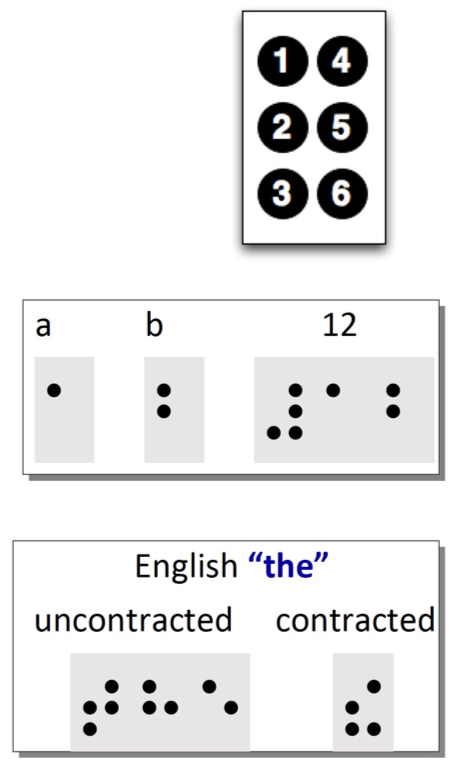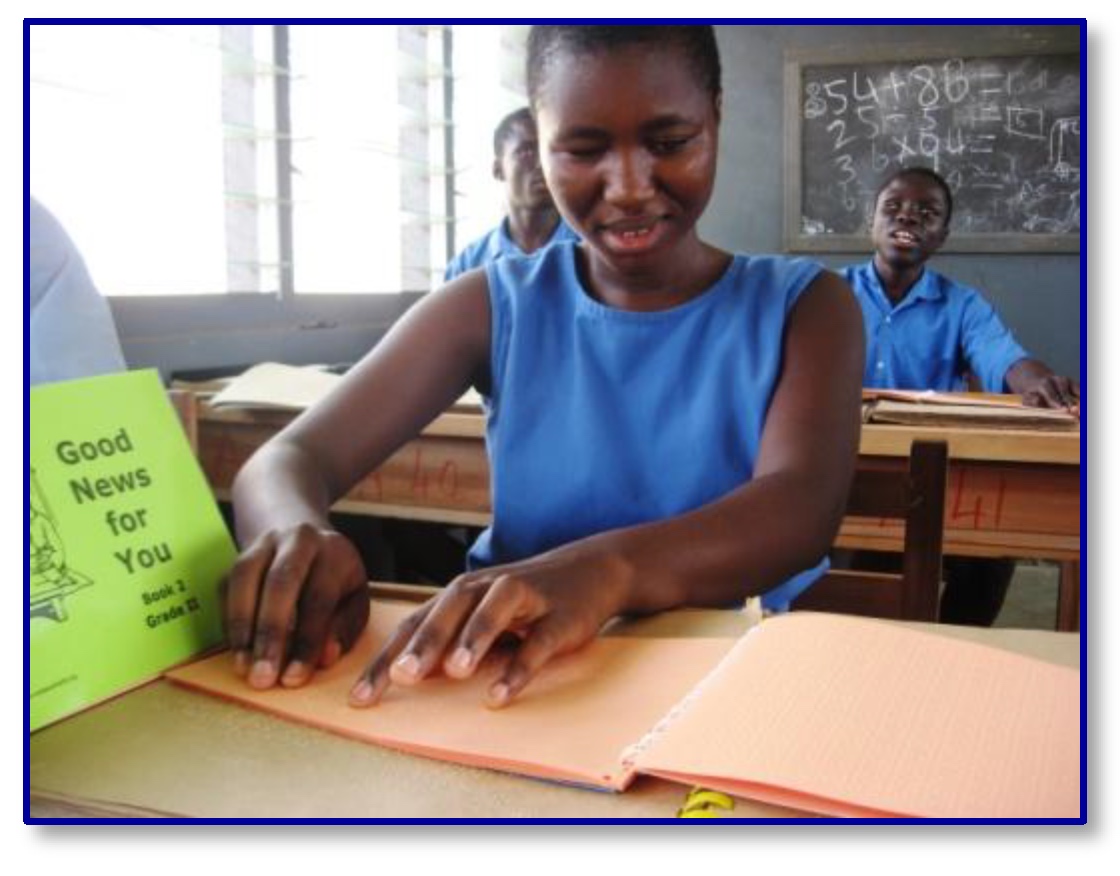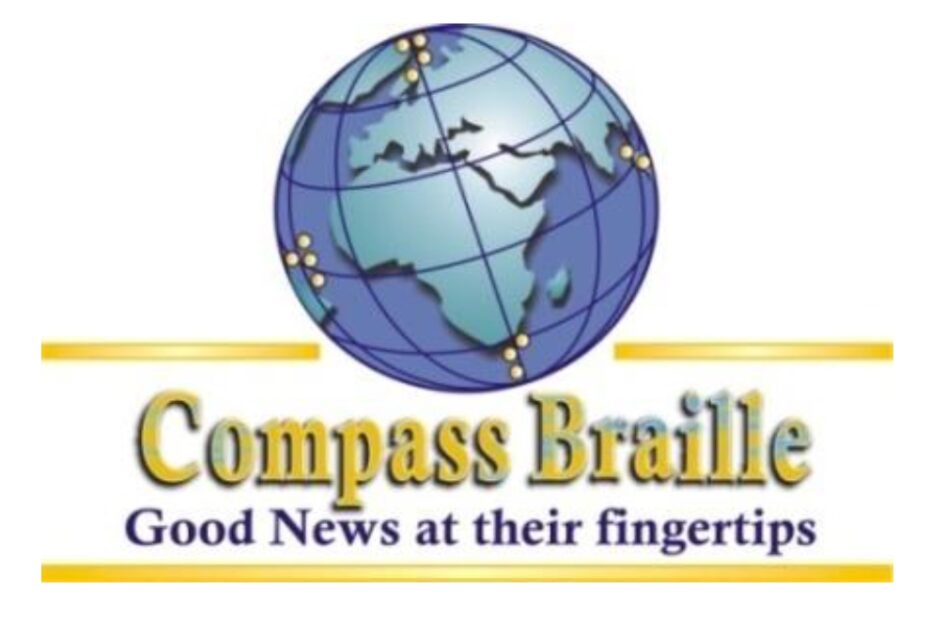What we do
Based in the UK, Compass Braille is a registered charity that began in 1990 by producing the Hindi braille Bible. It now produces Bibles and books in 55 languages for worldwide use. The braille is used by various groups who work among people with visual disability in towns and villages and they distribute the braille to churches, house churches, schools, colleges, training/drop-in centres, libraries, etc.
Braille is fundamental
It is the means by which a person with visual disability becomes fully literate. For many the availability of the braille Bible in their own language enables them to read and learn the Scriptures and become valued and integrated members of church life. The braille Bible is an introduction to the love of God and it has a positive impact on their lives which is often very powerful. It also promotes community and church integration and brings about awareness and equality.

Braille Readers
There are many braille readers worldwide and to help spread the Gospel among them we add new languages as often as possible. At present we can produce in 55 or more languages but funding is key. Pictured on the left are members of a rural house church near Chennai.

How Braille Works
Braille uses raised “dots” which are read by the fingertips. Each character is made up of various combinations of six dots which are numbered and laid out in uniform sized “cells” pictured on the right. Generally there are 64 combinations used in braille. Each language normally has an official braille code to describe how the print characters are to be represented by the braille characters.
Sometimes it is necessary to use braille characters more than once in order to encode all the print characters, e.g. in English numbers are represented by the same characters as the letters A to J, preceded by a number sign (see example right).
Both to save space and to aid speed of reading, braille codes can be developed making use of “contractions” where common sequences of print characters are represented by single or shorter sequences of braille characters (see example).
Some contractions may be used within longer words. For example the contraction for “the” may be used as part of “brother” but not for words such as “sweetheart” due to the way such words are constructed or pronounced. There are also braille systems to represent, music notations, mathematics as well as scientific and computer symbols and characters.

How a Braille Project Develops
Prerequisites for a new project
To produce the Bible or a book in braille there needs to be:
1. An identified group of braille readers who share the language
2. The language must exist in written form
3. The Bible translated into the language
4. An official braille code for the language
Resources
Resources needed by Compass Braille to proceed:
1. Funding must be in place
2. High quality source text [i.e. Paratext]: Errors in source text carry through to the braille and errors are more obvious to braille readers. Typical errors:
- incorrect use of characters, e.g. apostrophes for speech marks.
- incorrect use of space, e.g. spaces within words or words unspaced
- Our in-house transcription software is designed to use text files from the Digital Bible Library and other sources
3. Availability of the official braille code for the language concerned
4. Proficient braille readers who can proofread samples of the braille Bible, or books, alongside a person reading the print version
5. Distributors are key, e.g. a Bible Society or a Christian group working among people with visual disability who can ensure the braille reaches the end-users free of charge
Steps
When all the prerequisites and resources are in place we need to:
1. Gain access and authorisation to use the source text
2. Prepare a braille “table” which instructs our software to convert print text into braille characters according to the rules of the official braille code in question. A table may already exist but if not a new one must be written
3. Prepare a proof copy of at least 1 portion and send it to the proofreader
4. Receive feedback from proofreader and act accordingly:
- a) Report errors noticed in the source text to the translation team concerned
- b) Fix errors in the braille table/formatting software
- c) Have further proof copies checked if needed
5. Produce physical copies of portions of the Bible in braille and dispatch to the designated distributor.
Funding
We are happy to consider any requests for braille that relate to the Bible or Christian books in either one of our existing languages or a new language. As a charity, we rely solely on supporters’ donations, grants or funding from partner groups in order to produce braille.
To find out more please visit our website: www.compassbraille.org and if you have any queries you can email using the contact us form.

Pingback: Researching Bibles in Braille – Brassingtons in Britain